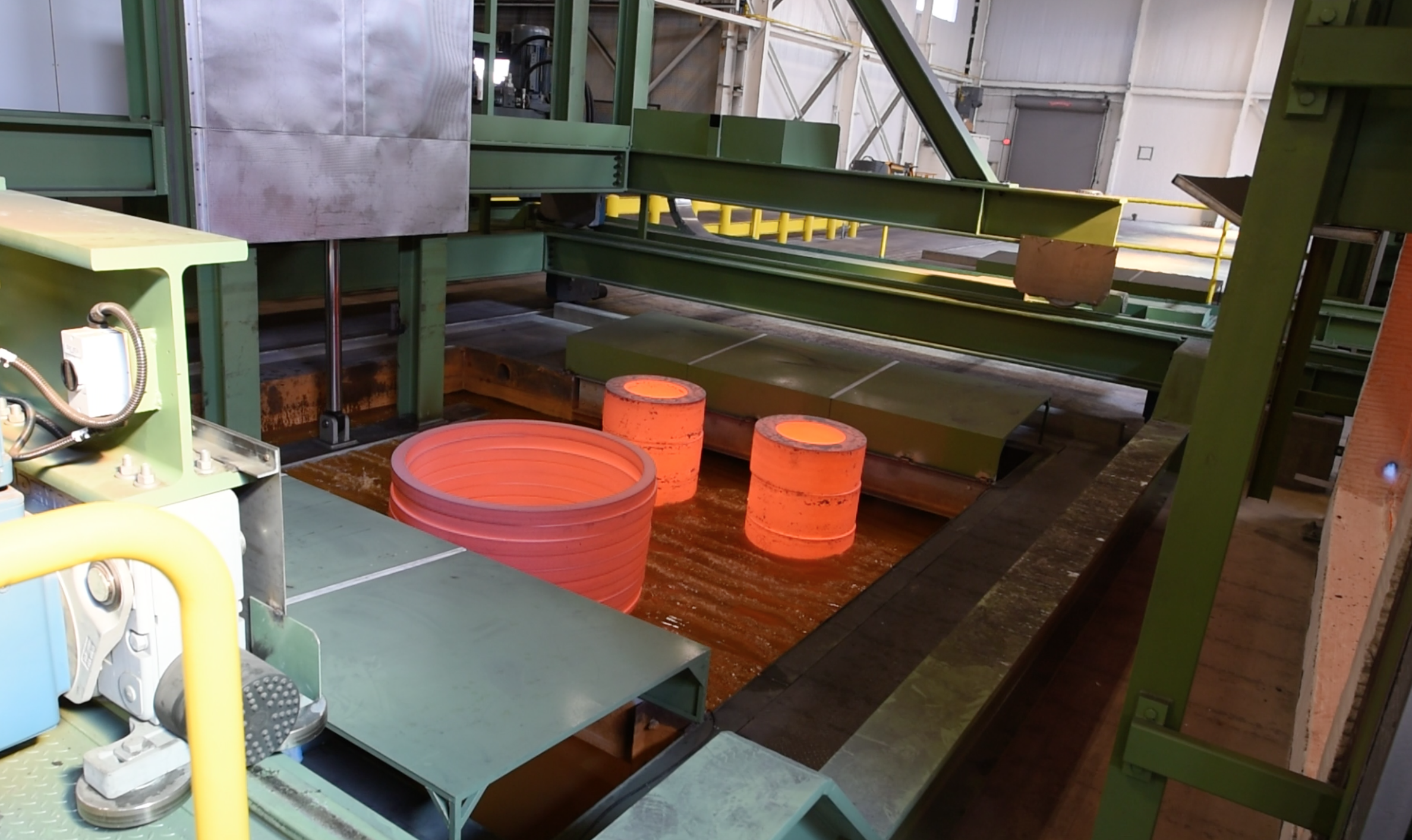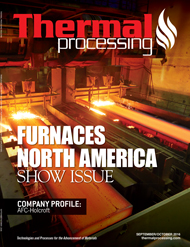
Thermal process modeling has been a hot topic in the heat treating community over the past few years. The project conducted by ASM International under sponsorship by the federal government highlighted the diverse role that thermal process technology has in every industrial sector — with heat treatment of metallic components being a primary partaker of this technology. From the many meetings and discussions that have taken place, several key items have arisen. First, the use of process modeling as a practical tool for analyzing and improving heat treatment processes was documented. Second, the importance of both material data and process data was continually cited as being even more important than the models themselves, because, without the availability of accurate data, modeling is removed from commercial use and relegated back to theoretical use. Coupled with another federal initiative, Integrated Computational Materials Engineering (ICME), thermal process modeling offers the heat treater an economical, effective way to improve processes, troubleshoot production problems, evaluate new processes, and develop a broader understanding of the metallurgical phenomena that occur during heat treating processes. The following are some examples of commercial applications of thermal process modeling that are currently being used.
Designing Low-Pressure Carburizing Process Schedules
Low-pressure carburization schedules are far different than conventional gas carburization schedules because the surface carbon level can be much higher due to dissociation of the gaseous carbon source directly on the hot part surface. Too much surface carbon leads to surface carbide formation, which blocks carbon absorption and case development. This is the reason for the multiple boost-diffuse steps instead of the more familiar long boost/long diffuse step used in conventional gas carburizing. Modeling instead of trial-and-error is being used to determine the appropriate boost-diffuse schedule for vacuum carburizing. An accurate vacuum carburization model can give the instantaneous carbon profile and the final carbon profile for the process, and, if coupled with proper phase transformation models, can predict the final hardness profile and distribution of metallurgical phases.
 Understanding Material and Hardening Process Effects on Part Performance
Understanding Material and Hardening Process Effects on Part Performance
During product design, the part geometry that is necessary for carrying service stresses is determined. The mechanical properties for carrying the service stresses are developed by heat treatment of the part. Modeling provides a method to predict the stress response of the part to in-service loading while including the residual stress state resulting from heat treatment. With such capability, the designer, in conjunction with the heat treater, can select the best option for the component alloy and the proper heat treatment method for producing the part. This represents ICME at its finest.
Selecting the Optimal Quench Method
An unavoidable fact is that part dimensions change during heat treatment. Modeling has provided a tool to analyze the sequence of dimensional change and the reasons behind it. With modeling, different quenching processes can be compared so that the final properties can be achieved while maintaining dimensional control. This may involve adjusting the green dimensions prior to heat treatment, changing the quench media or agitation level to modify the cooling rate or adjust the quench uniformity, or using a fixture or external load to control dimensions during the quench.
Determining the Causes of Internal Cracking in Induction-Hardened Parts
Induction hardening involves locally heating a surface layer of a component followed by spray quenching to harden the heated surface. The electrode and part may be stationary, known as a single shot process, or they may move relative to one another, known as a scanning process. In either case, induction hardening is well-known for generating compressive surface stresses in the hardened layer, and consequently, the part interior must have balancing residual tensile stresses for equilibrium. Typically, these tensile stresses are maximum at or near the case/core interface. Again, using an ICME approach, a modeling tool with electromagnetic capability can be used in combination with a software tool that has thermal, stress, and metallurgical phase transformation capabilities to simulate the induction hardening process to determine the level and location of stresses generated throughout the process. This is something that can only be done by modeling, as the transient process conditions inside of the part cannot be measured during the process. In components such as axle shafts, high levels of subsurface residual tension have led to premature failure, or in severe cases, immediate failure of the shaft. The presence of high levels of subsurface tensile stress is difficult to detect even with nondestructive methods, and in worst cases, ultrasonic or X-ray methods are required to detect the presence of subsurface cracks. The consequence is additional cost. Modeling is being used to modify the induction hardening process to reduce the magnitude and location of the subsurface tensile stress so that the expected part life is realized.
In regard to the metal being heat-treated, certainly steel alloys apply to all of the mentioned examples. But aluminum, copper, nickel-base, and titanium alloys also are applicable to some of the selected cases cited. Solid-state phase transformations, whether they involve change of the crystal structure of grains or precipitation of new phases within grains or at grain boundaries, cause dimensional changes and internal stresses in addition to mechanical behavior changes, and thermal process modeling is being used to understand the phenomena, optimize the product shape to maximize economics and part performance, and to determine the proper thermal process for producing the component.

























